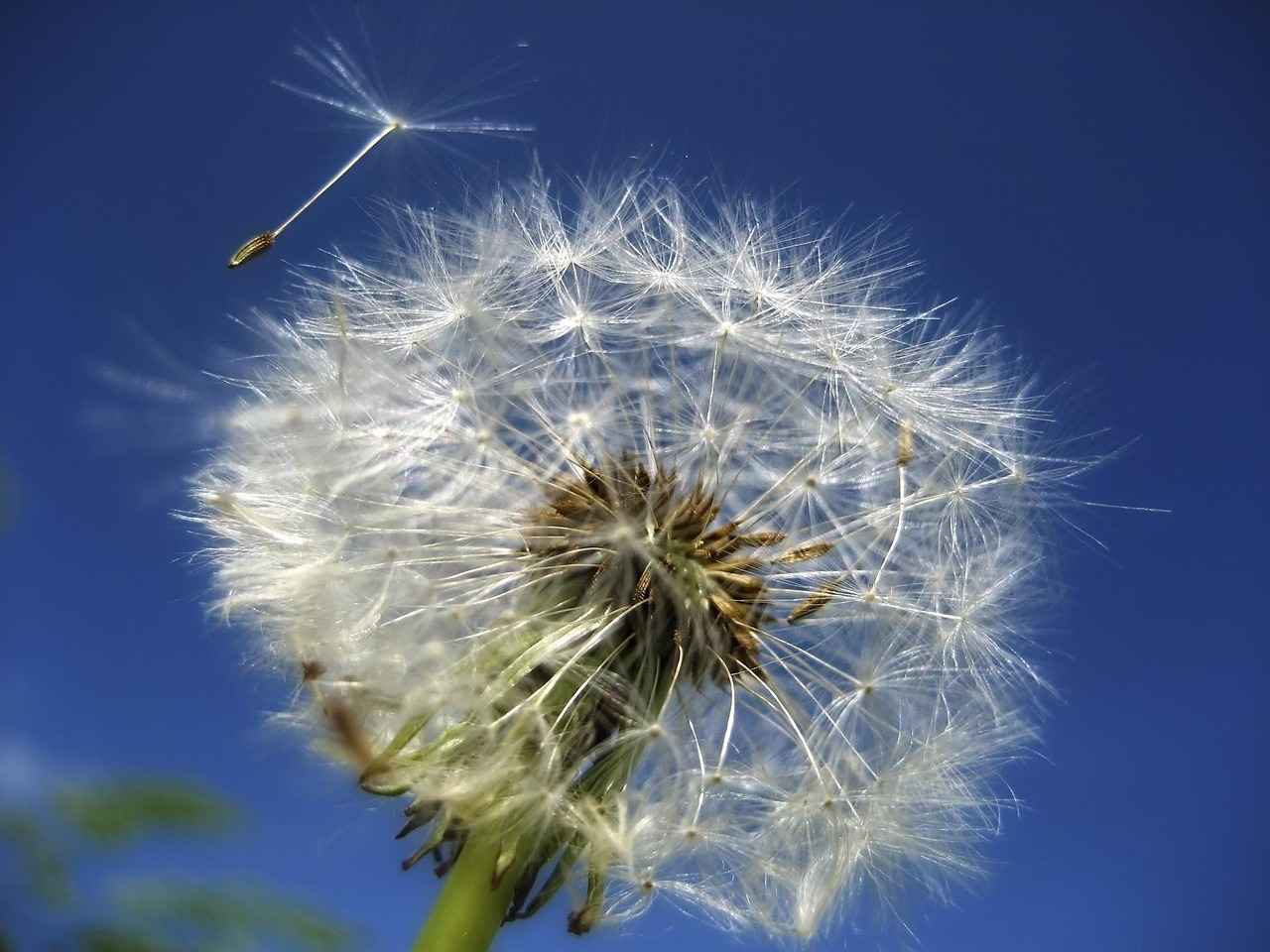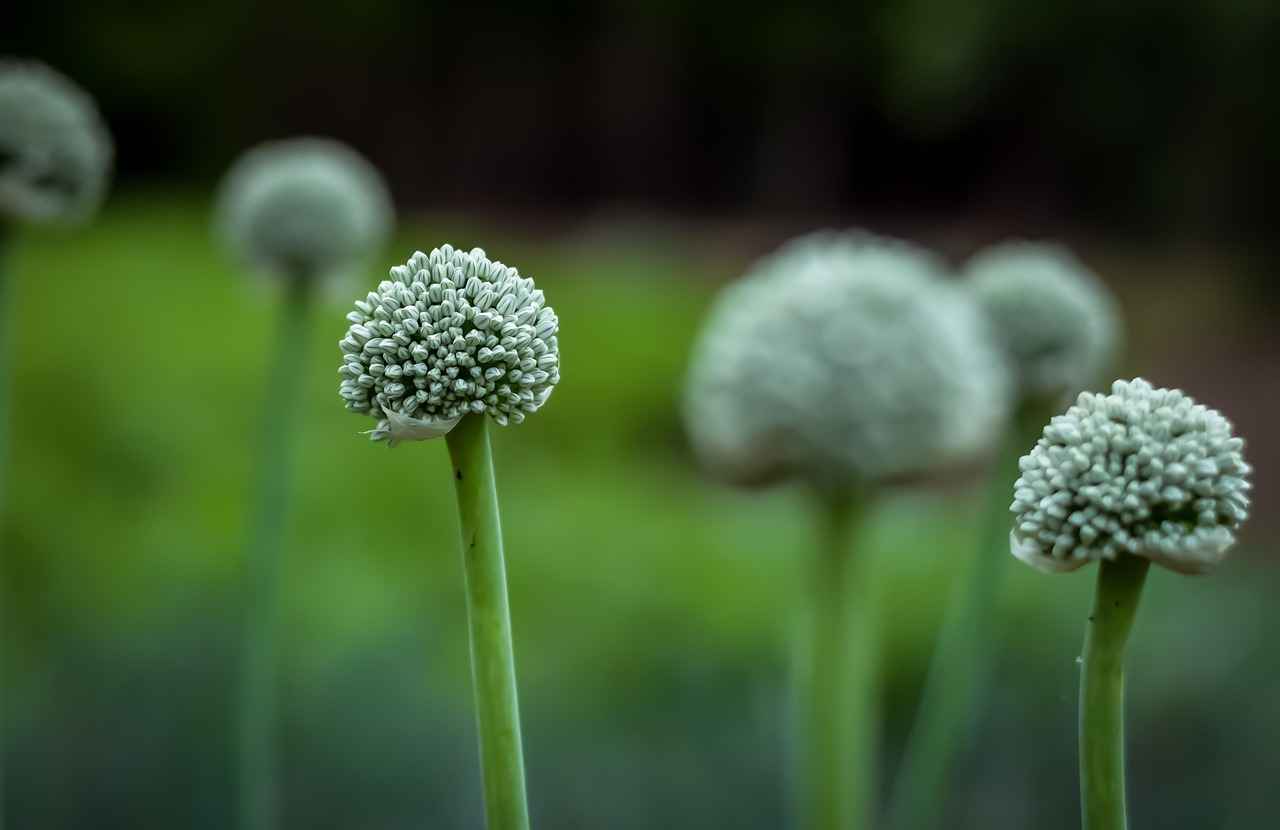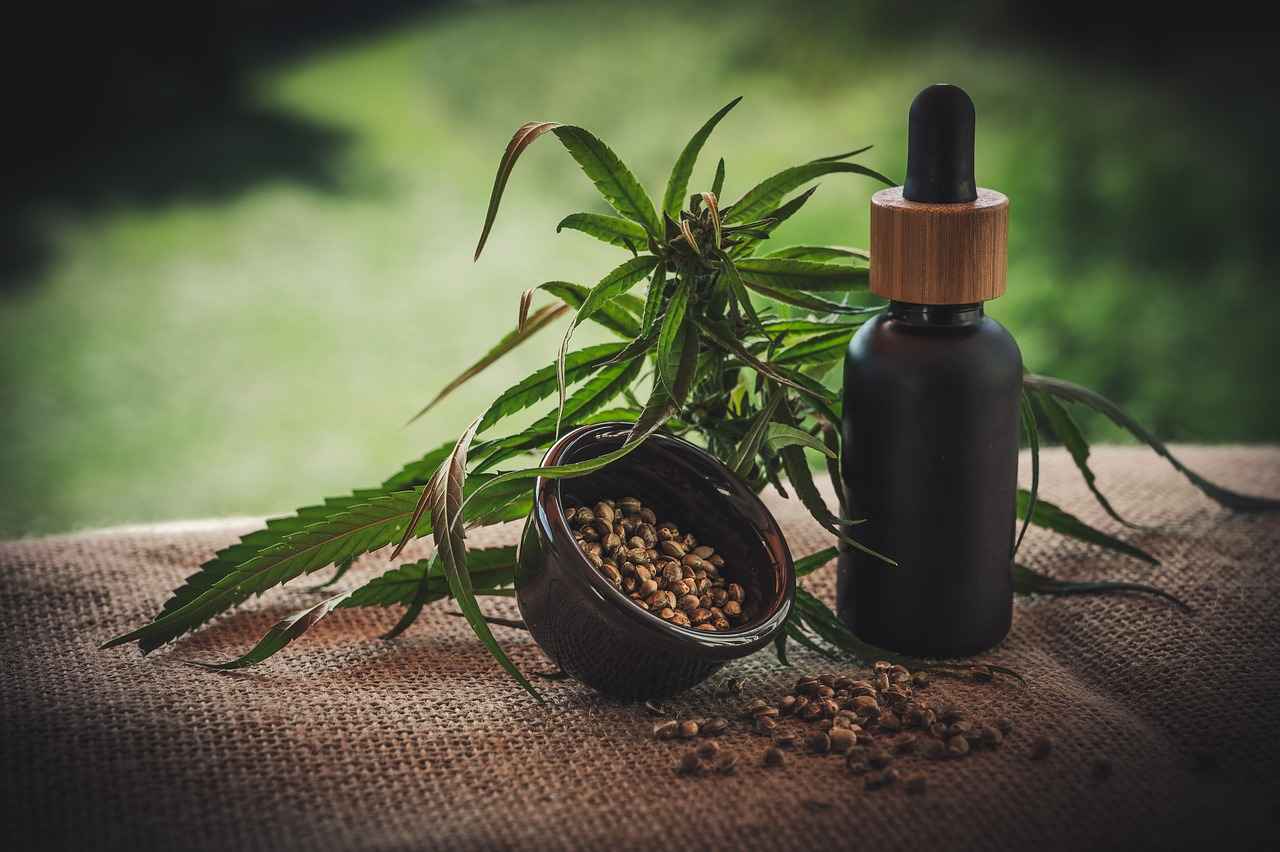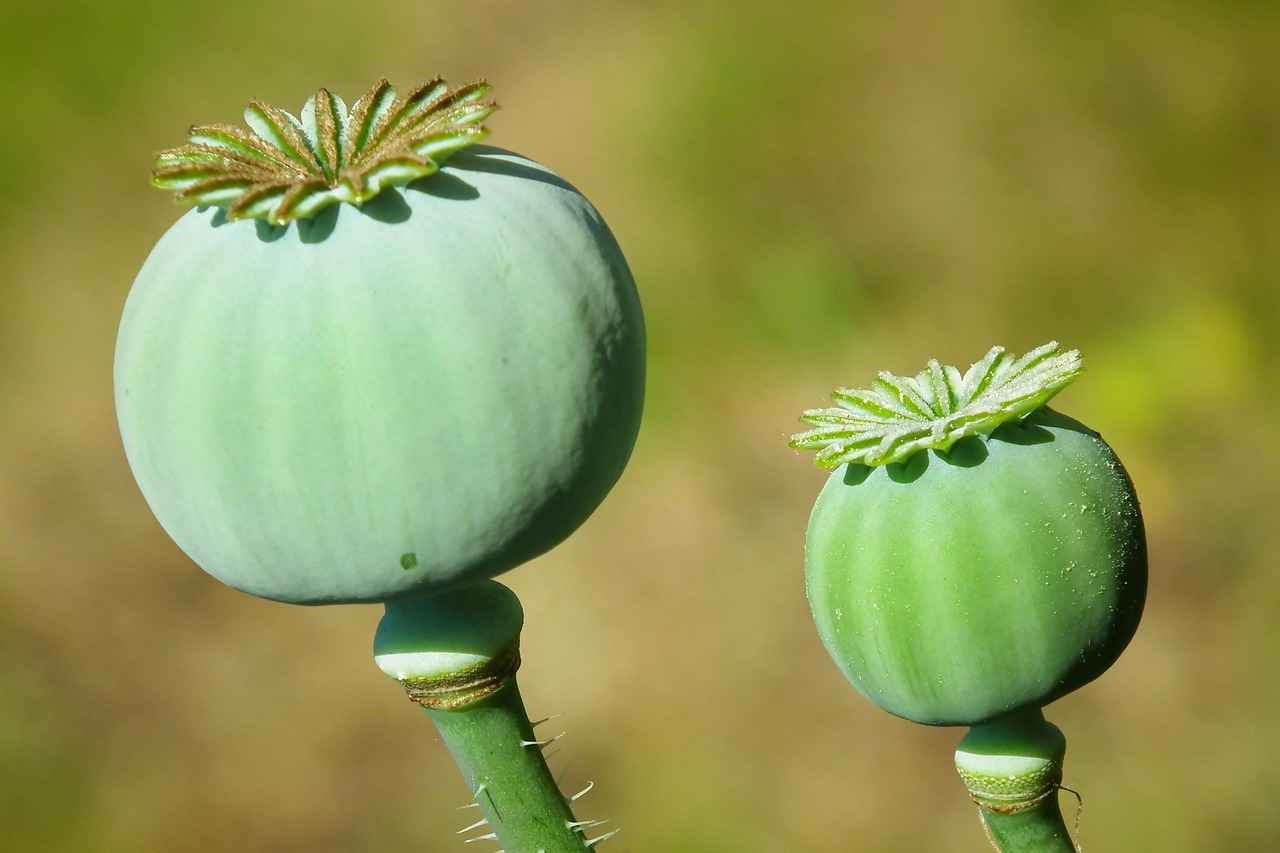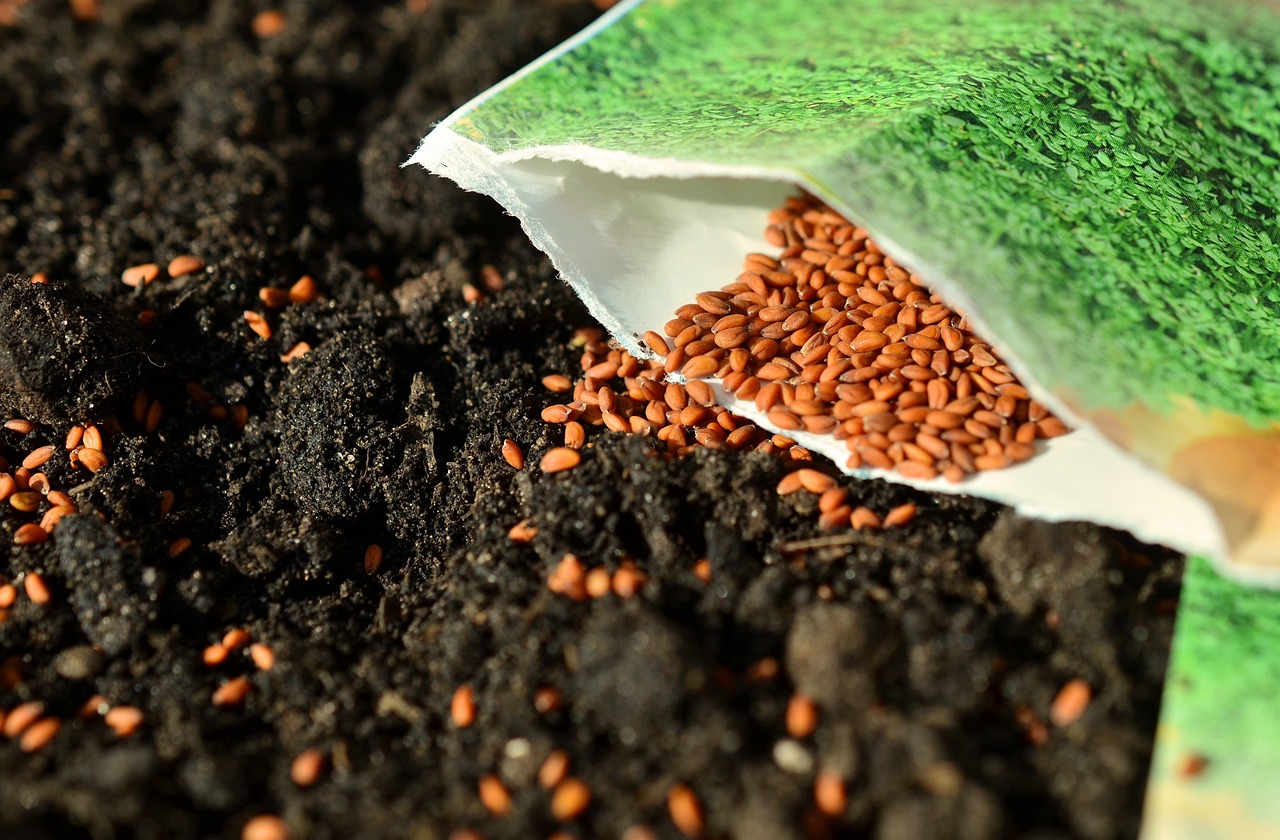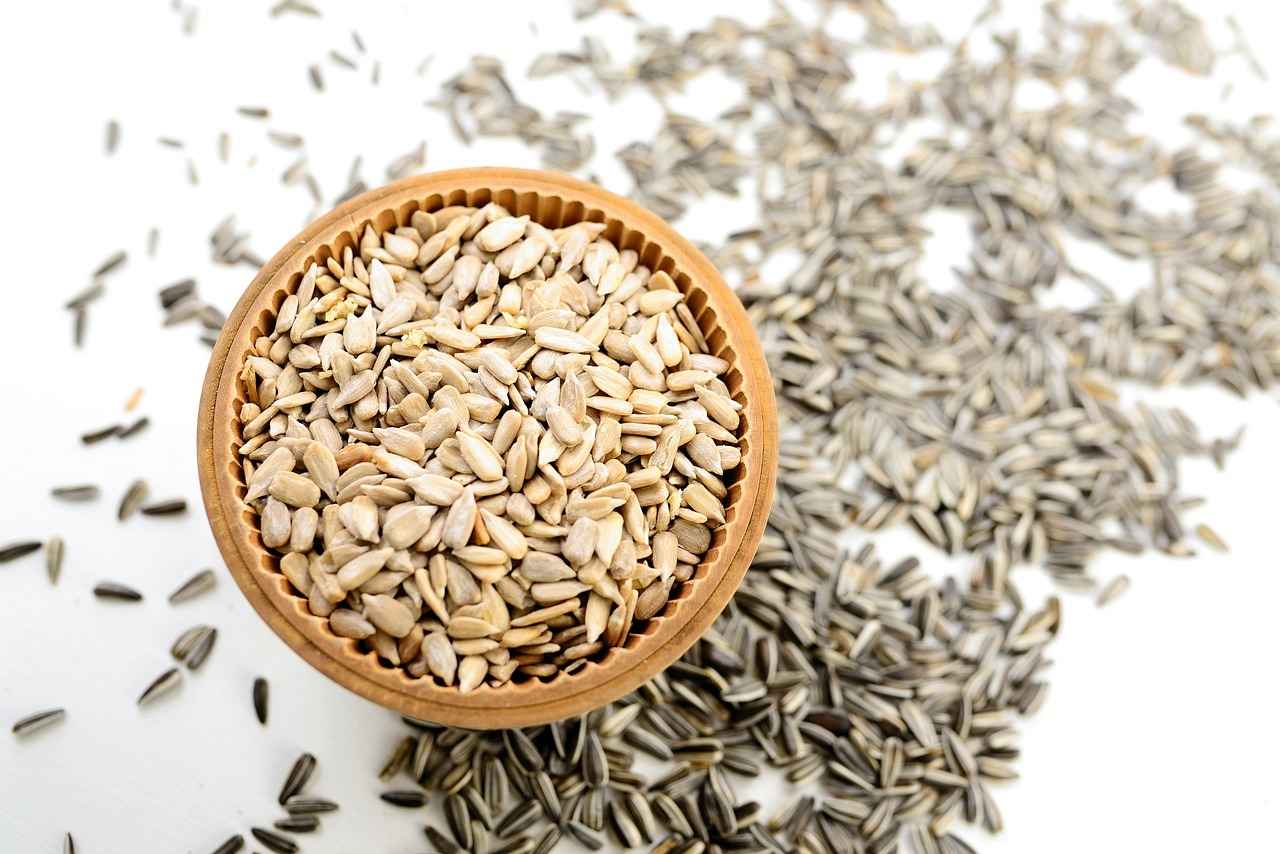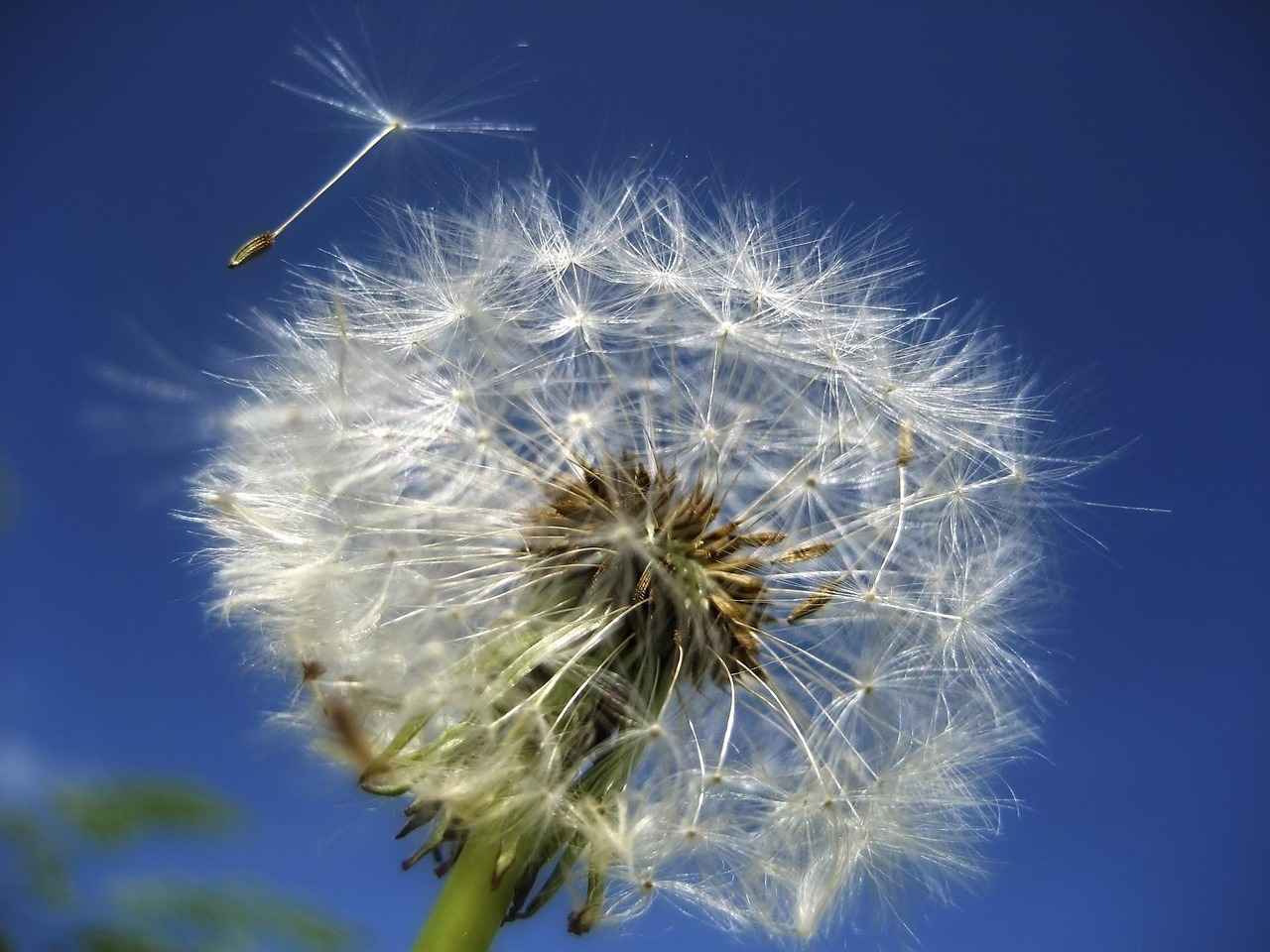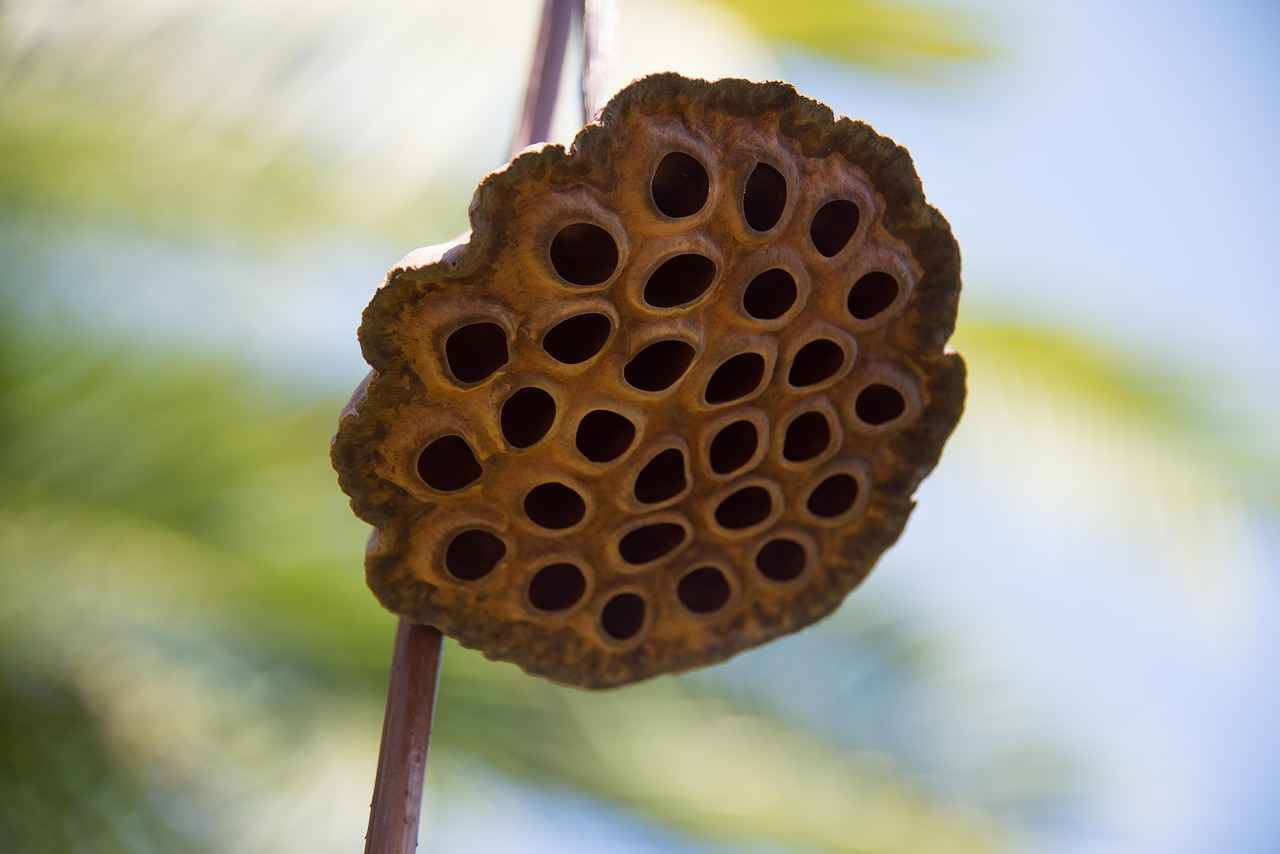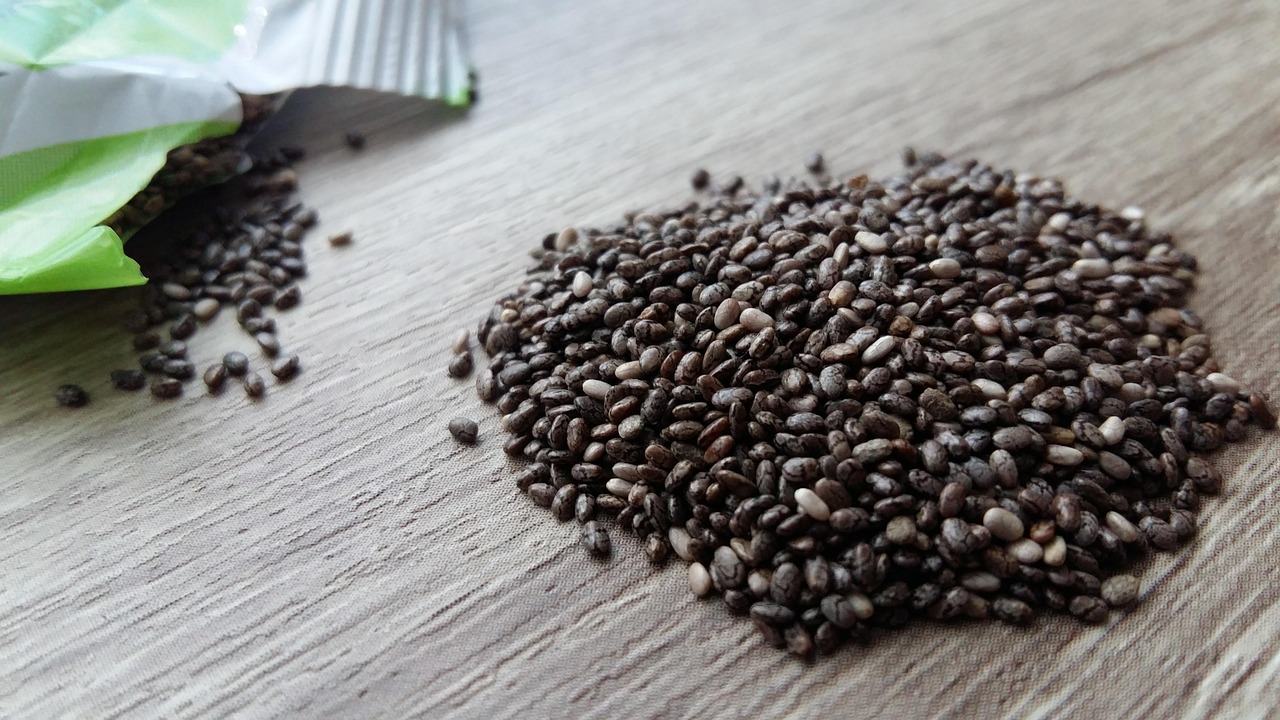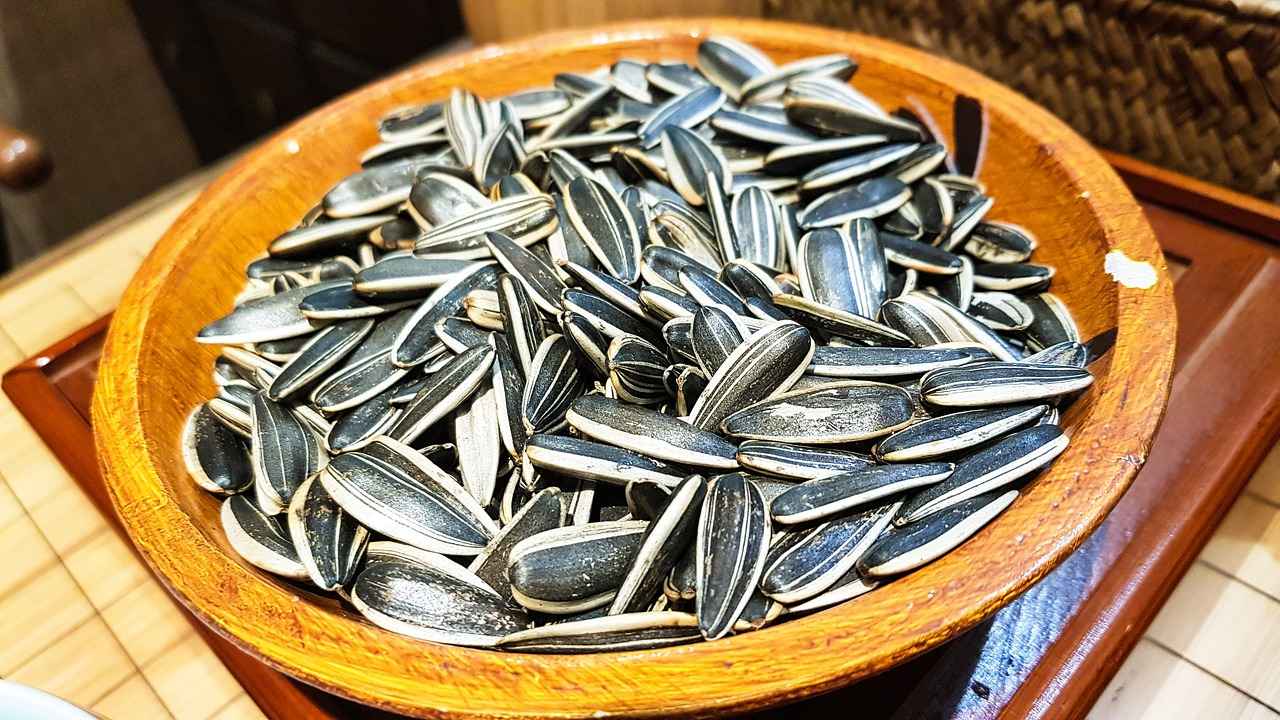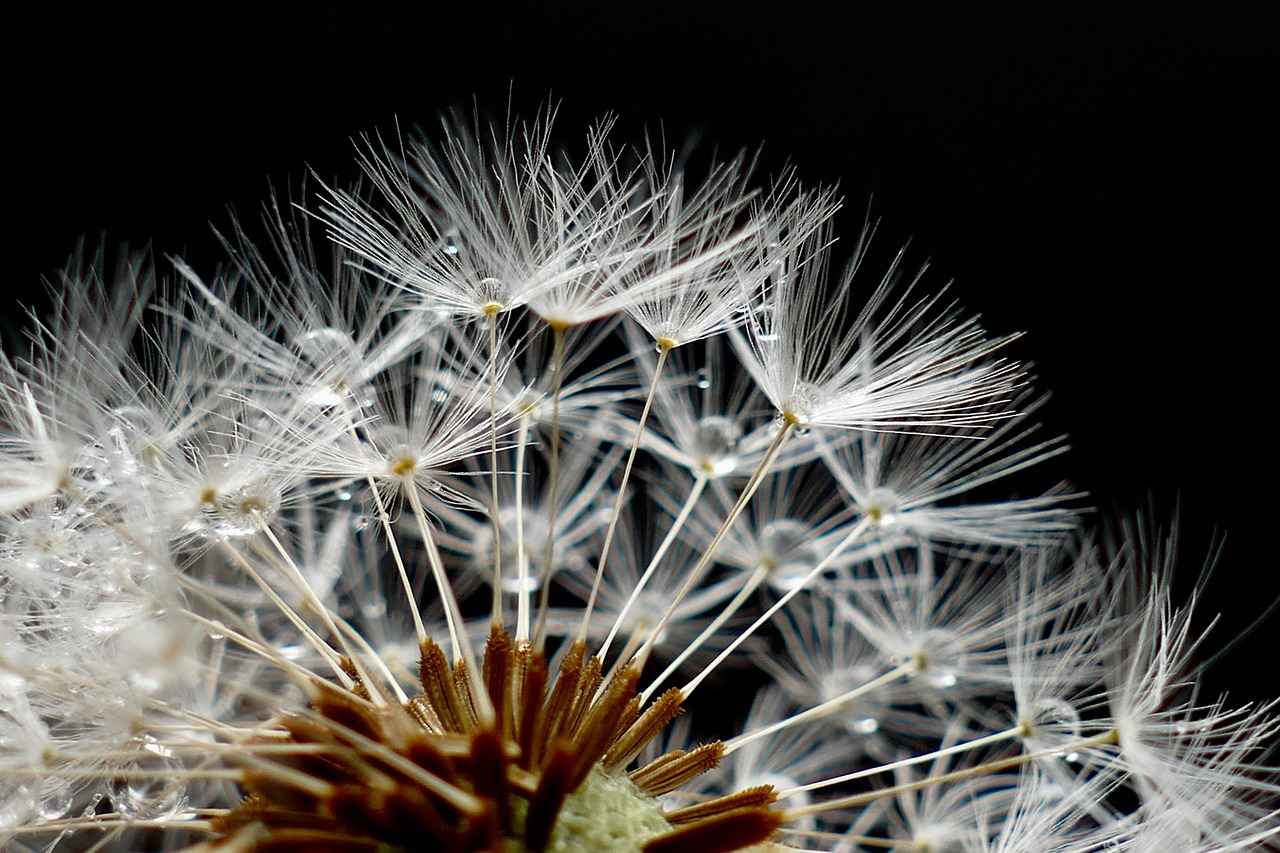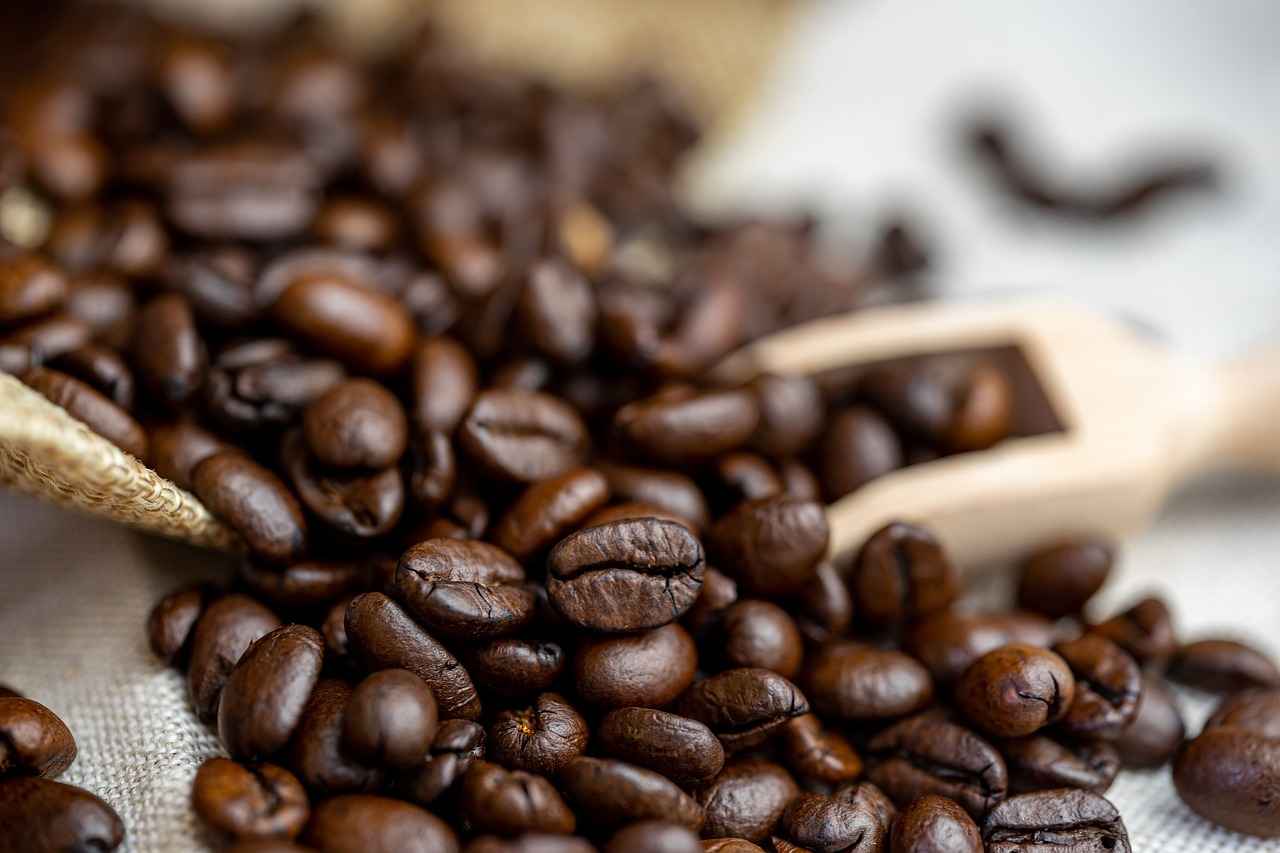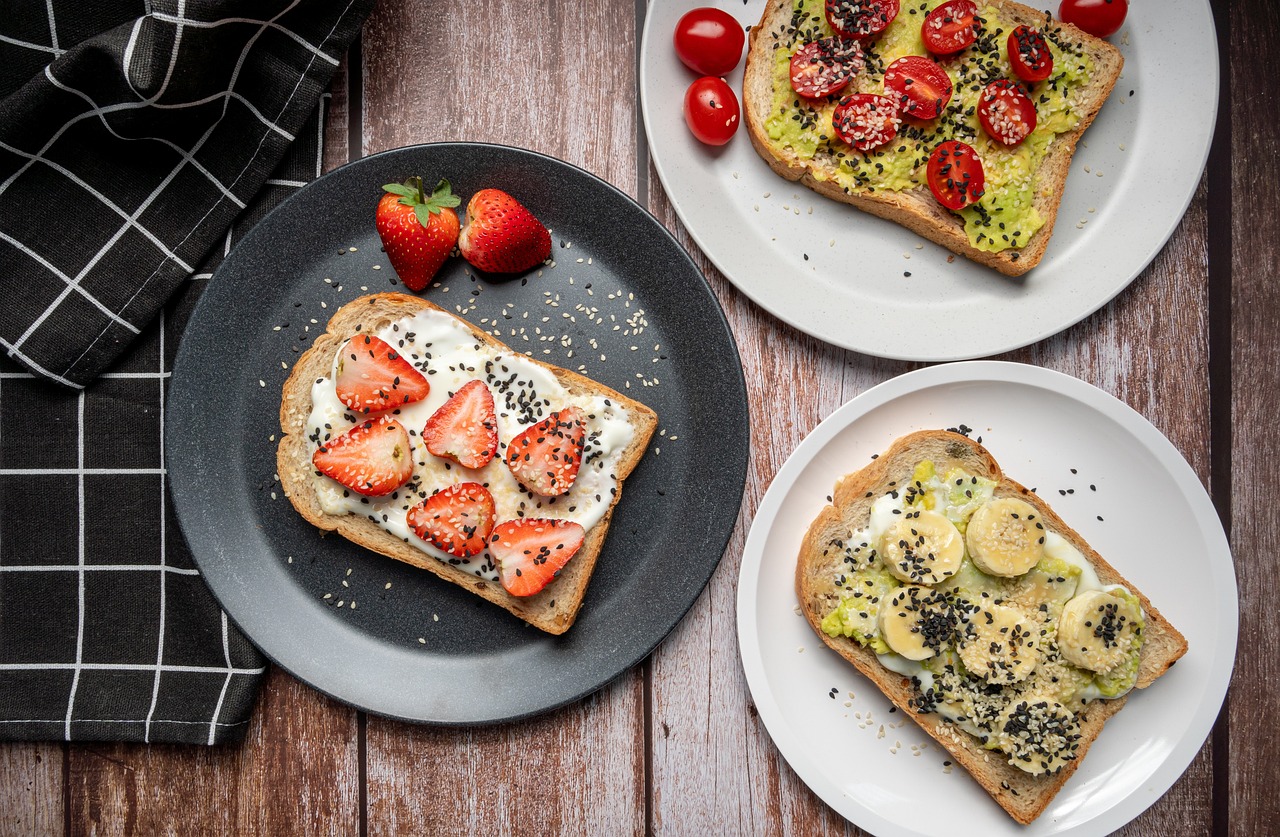Chia seeds have gained immense popularity as a nutritional powerhouse due to their numerous health benefits. However, understanding their shelf life and proper storage methods is essential for maximizing their use. This article delves into the lifespan of chia seeds, how to store them effectively, and tips to maintain their freshness.
Chia seeds can last for up to five years when stored correctly. Their high antioxidant content helps prevent them from going rancid quickly. However, it is crucial to keep them in a cool, dark place to ensure their longevity. Always check the packaging for a best-by date for optimal use.
To determine if chia seeds have expired, look for several signs:
- Color Change: Fresh chia seeds are typically a dark brown or black. If they appear faded or discolored, it may be a sign of spoilage.
- Smell: Rancid chia seeds emit a strong, unpleasant odor. If they smell off, it’s best to discard them.
- Texture: Fresh seeds should feel dry and firm. If they are sticky or clumped together, they may have absorbed moisture and gone bad.
To extend the shelf life of chia seeds, follow these storage practices:
- Store them in an airtight container to prevent moisture and air exposure.
- Keep them in a cool, dark place, such as a pantry or cupboard.
- Avoid storing chia seeds near heat sources or in direct sunlight.
While refrigeration is not necessary for chia seeds, it can enhance their freshness, especially after opening. Storing them in the refrigerator can prevent them from absorbing moisture and extending their shelf life.
Yes, you can freeze chia seeds! Freezing is an effective way to preserve their nutrients. To do this:
- Place the seeds in a freezer-safe container.
- Label the container with the date to keep track of freshness.
- When ready to use, simply thaw them at room temperature.
Using expired chia seeds is generally not recommended due to potential health risks. However, if they show no signs of spoilage, they can still be used in recipes where flavor is not a primary concern, such as smoothies or baked goods.
Chia seeds are rich in omega-3 fatty acids, fiber, protein, and various essential minerals. They are known to support heart health, aid digestion, and provide sustained energy. Incorporating chia seeds into your diet can be a simple way to boost your overall nutrition.
Environmental factors such as humidity and temperature can significantly impact the freshness of chia seeds. High humidity can lead to clumping and spoilage, while warm temperatures can accelerate the degradation of their quality. To mitigate these effects, always store chia seeds in a controlled environment.
Many myths surround chia seeds and their expiration. One common misconception is that they can last indefinitely. In reality, while they have a long shelf life, they do not last forever. Understanding the facts can help consumers make informed decisions about their use.
If your chia seeds have lost their flavor or texture, there are ways to rejuvenate them. Consider soaking them in water or adding them to recipes where they can absorb moisture, which may help restore some of their original qualities.
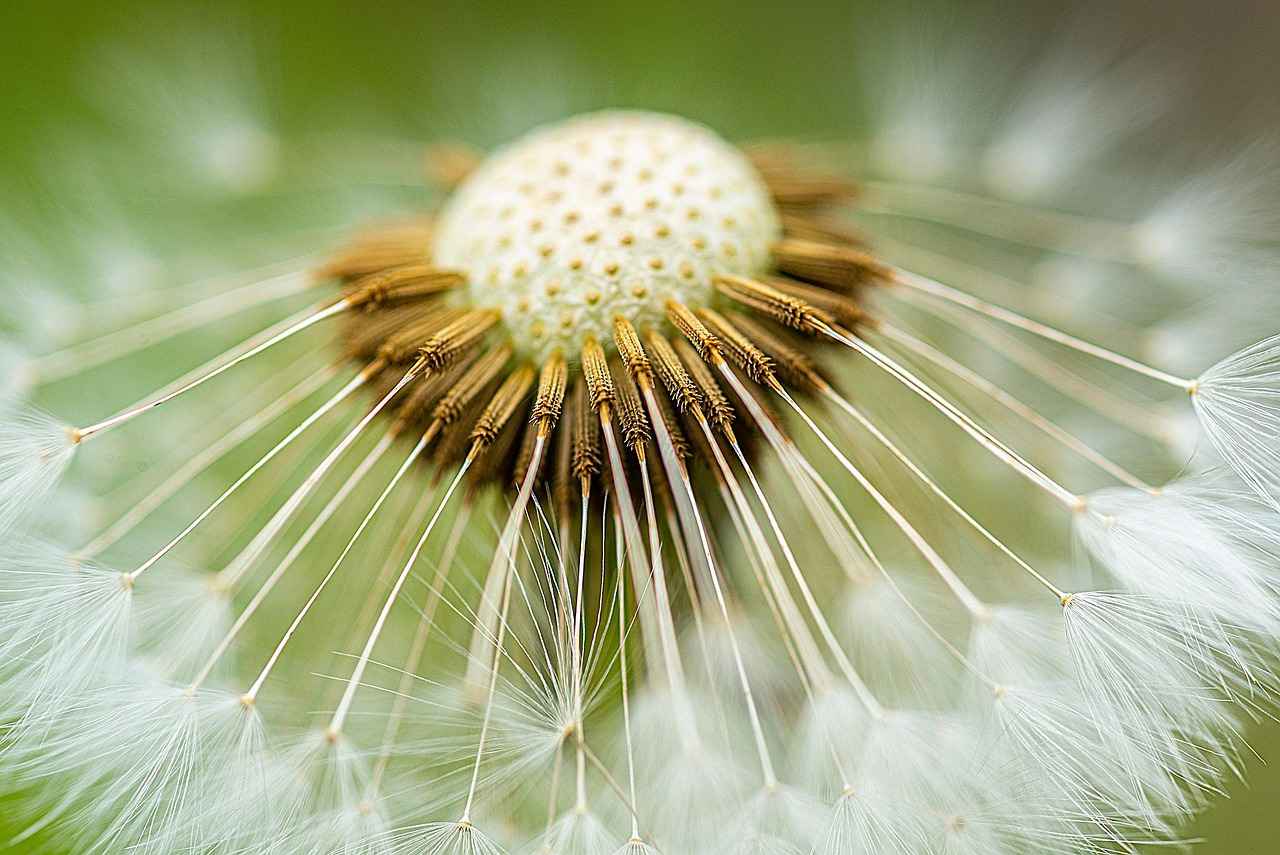
What is the Shelf Life of Chia Seeds?
Understanding the shelf life of chia seeds is essential for anyone looking to incorporate these nutritious seeds into their diet. Chia seeds, known for their rich nutrient profile, can last for several years when stored properly, making them a convenient addition to your pantry. However, knowing the specifics of their shelf life can help maintain their nutritional value and flavor.
Chia seeds can typically last between 2 to 4 years when stored in optimal conditions. Their longevity is largely due to their low moisture content, which helps prevent mold and spoilage. However, factors such as storage conditions and packaging play a significant role in determining how long these seeds will remain fresh.
When kept in a cool, dark place and sealed in an airtight container, chia seeds can retain their quality for much longer than their expiration date suggests. Conversely, exposure to light, heat, and moisture can accelerate their deterioration. Therefore, it is crucial to understand how to store them effectively.
Recognizing the signs of expired chia seeds is vital for avoiding spoilage. Check for:
- Color Changes: Fresh chia seeds are typically a dark brown or black color. If they appear pale or discolored, it may indicate spoilage.
- Off Smell: Fresh seeds have a neutral scent. A rancid or unusual odor is a sign that they have gone bad.
- Texture Changes: If the seeds feel sticky or clump together, they may have absorbed moisture and should be discarded.
To maximize the shelf life of chia seeds, follow these best storage practices:
- Store in an airtight container to prevent moisture and air exposure.
- Keep in a cool, dark place, such as a pantry or cupboard.
- Avoid storing near heat sources or in direct sunlight.
Refrigeration can enhance the longevity of chia seeds, especially once opened. While not strictly necessary, keeping them in the fridge can help maintain their freshness and prevent any potential spoilage. For those who purchase chia seeds in bulk, refrigeration is highly recommended.
Freezing chia seeds is another effective storage method that can extend their shelf life even further. When frozen, chia seeds can last for up to 5 years. To freeze them:
- Place the seeds in a sealed freezer bag or airtight container.
- Label the container with the date to track freshness.
Using expired chia seeds may not be advisable, but understanding the potential risks can help you make informed decisions. If they show no signs of spoilage, they may still be safe to consume, but their nutritional value may be compromised.
Chia seeds are packed with nutrients, including omega-3 fatty acids, fiber, and protein. Incorporating them into your diet can provide numerous health benefits, making them a popular choice among health enthusiasts.
Environmental conditions like humidity and temperature can significantly impact the shelf life of chia seeds. Keeping them in a stable environment helps mitigate these effects and preserve freshness.
Many misconceptions exist regarding the expiration of chia seeds. It’s essential to separate fact from fiction to make informed choices about their usage.
If chia seeds have lost their flavor or texture, there may be ways to rejuvenate them. Techniques such as soaking them in water or incorporating them into recipes can help bring back their usability.
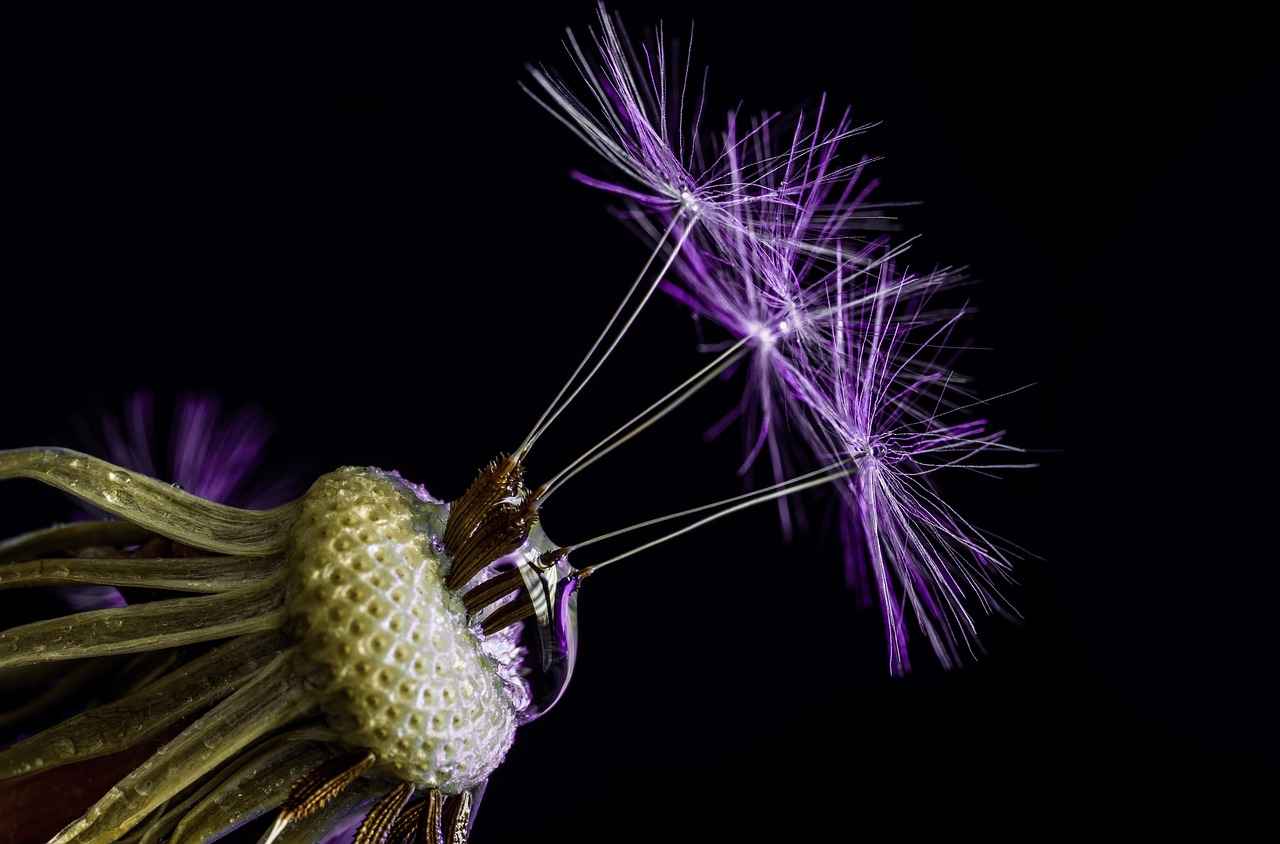
How to Identify Expired Chia Seeds?
Chia seeds are a popular superfood, known for their numerous health benefits. However, like any food product, they can expire. Understanding how to identify expired chia seeds is essential to ensure you are consuming fresh and nutritious seeds. In this section, we will delve into the key indicators that can help you assess the freshness of your chia seeds.
The first sign to look for is a change in color. Fresh chia seeds typically have a uniform color, either black or white, depending on the variety. If you notice any significant discoloration, such as a dull appearance or dark spots, this could indicate spoilage.
Next, consider the smell of the chia seeds. Fresh seeds have a mild, nutty aroma. If your chia seeds emit a rancid or off-putting smell, it is a strong indication that they have gone bad. This change in scent is often due to the natural oils in the seeds becoming oxidized over time.
Another important factor to assess is the texture of the chia seeds. Fresh chia seeds are small and firm. If they feel sticky or clump together, this may suggest that moisture has entered the container, leading to spoilage. Additionally, when chia seeds are soaked in liquid, they should expand and form a gel-like consistency. If they do not swell or exhibit an unusual texture, they may be expired.
It is also beneficial to examine the expiration date printed on the packaging. While chia seeds can last for several years when stored properly, using them beyond their expiration date can pose health risks. Always check the date and consider the storage conditions as well.
To summarize, recognizing the signs of expired chia seeds involves paying attention to color, smell, and texture. By being vigilant and conducting regular checks, you can avoid the consumption of spoiled products and enjoy the numerous benefits that fresh chia seeds offer.
For optimal storage, keep your chia seeds in a cool, dark place, preferably in an airtight container. This practice will help maintain their freshness and extend their shelf life. In case you have any doubts about the quality of your chia seeds, it is always better to err on the side of caution and discard them.
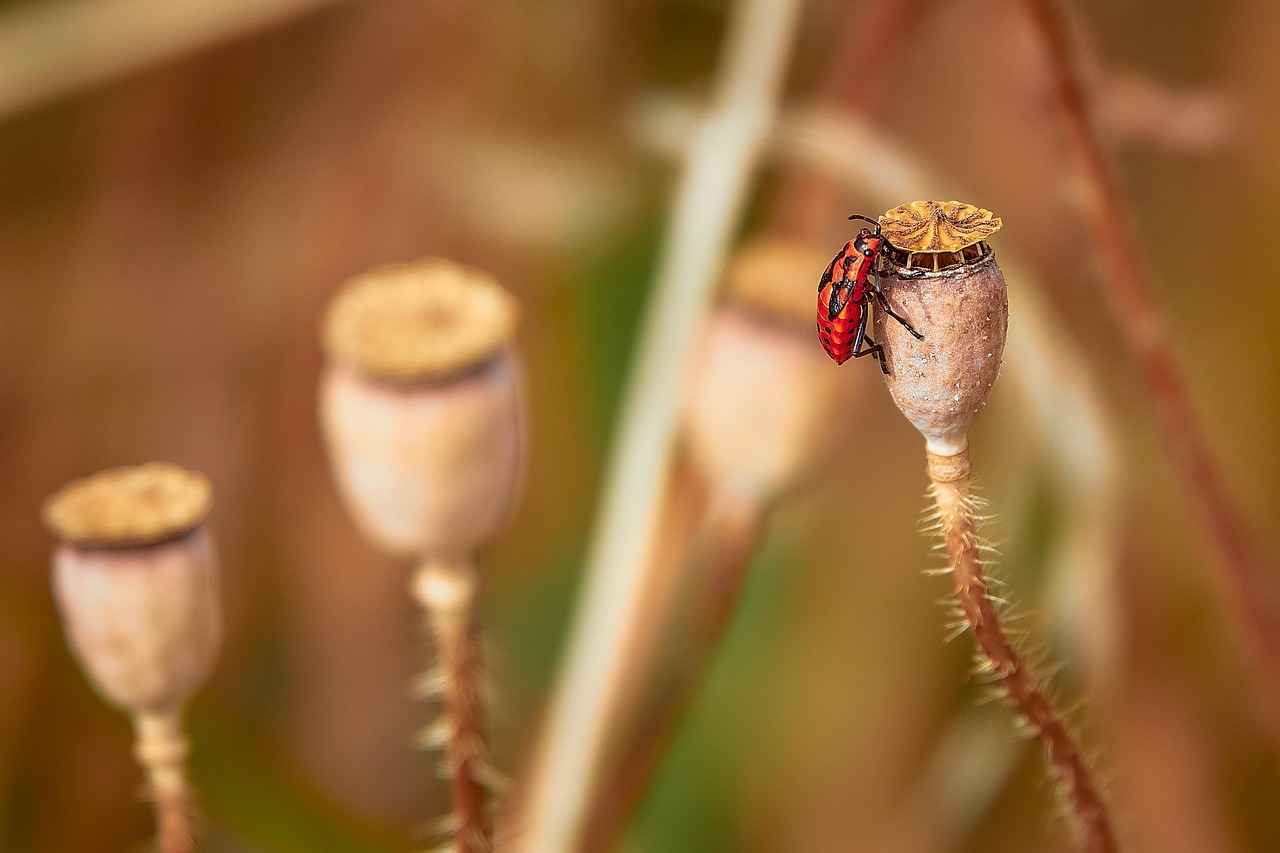
What Are the Best Storage Practices for Chia Seeds?
When it comes to storing chia seeds, proper practices are essential for maintaining their freshness and nutritional value. Chia seeds are known for their numerous health benefits, but if they are not stored correctly, they can lose their quality over time. This section will delve into the best methods for storing chia seeds, ensuring they remain a valuable addition to your diet.
To maximize the longevity of chia seeds, consider the following storage practices:
- Use an Airtight Container: Store chia seeds in a sealed, airtight container to prevent exposure to air and moisture. Glass jars or high-quality plastic containers work well.
- Keep Them Cool: Chia seeds should be kept in a cool location, ideally at temperatures below 70°F (21°C). Avoid areas that are prone to heat, like near the stove or in direct sunlight.
- Avoid Humidity: Moisture can lead to mold and spoilage. Store chia seeds in a dry environment to maintain their integrity. Consider using a desiccant packet if you live in a humid area.
- Darkness is Key: Exposure to light can degrade the quality of chia seeds. Keep them in a dark cupboard or pantry to protect them from light exposure.
- Consider Refrigeration: While not necessary, refrigeration can extend the shelf life of chia seeds, especially after opening. If you choose to refrigerate them, ensure they are in a sealed container to prevent moisture absorption.
By following these practices, you can significantly extend the shelf life of your chia seeds. They can last for up to two to four years when stored properly, retaining their nutritional benefits and flavor.
It’s also important to regularly check your chia seeds for any signs of spoilage. If you notice any changes in color, smell, or texture, it may be time to discard them. Proper storage not only preserves the quality of chia seeds but also ensures you reap their health benefits for an extended period.
In summary, effective storage of chia seeds involves keeping them in an airtight container, storing them in a cool and dark place, and being mindful of humidity. These steps will help you enjoy the nutritional benefits of chia seeds for years to come.
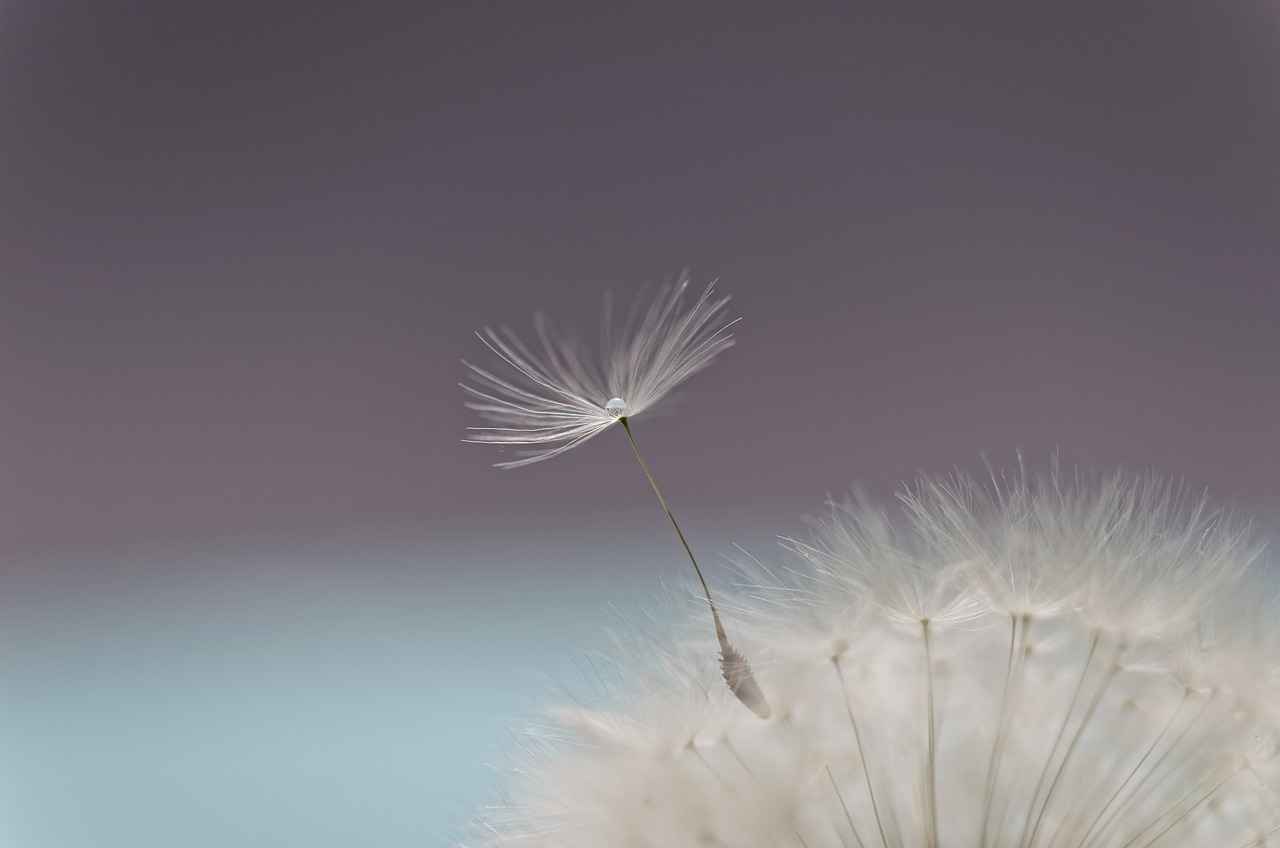
Should Chia Seeds Be Refrigerated?
Chia seeds are a popular superfood known for their numerous health benefits, including high omega-3 fatty acid content, fiber, and protein. However, to maximize their freshness and nutritional value, proper storage is essential. One of the most effective methods for preserving the quality of chia seeds is refrigeration. This section explores the reasons why refrigeration is beneficial, when to refrigerate chia seeds, and best practices for doing so.
Why Refrigerate Chia Seeds?
Refrigeration can significantly enhance the longevity of chia seeds, especially once they are opened. When stored in a cool environment, the seeds are less likely to undergo oxidation, which can lead to rancidity. Rancid seeds not only lose their nutritional benefits but can also develop an unpleasant taste and odor. By keeping chia seeds in the refrigerator, you can maintain their freshness for a longer period.
When Should You Refrigerate Chia Seeds?
- After Opening: Once the package is opened, chia seeds are exposed to air and moisture, making them more susceptible to spoilage. It is advisable to refrigerate them immediately after opening.
- In Warm Climates: If you live in a warm or humid environment, refrigeration is particularly important. High temperatures can accelerate the deterioration of chia seeds.
- For Long-Term Storage: If you plan to store chia seeds for an extended period, refrigeration is a wise choice. It can help maintain their quality for up to two years or more.
Best Practices for Refrigerating Chia Seeds
To ensure that your chia seeds remain fresh while in the refrigerator, consider the following tips:
- Use an Airtight Container: Store chia seeds in an airtight container to prevent moisture and odors from affecting their quality.
- Label the Container: If you have multiple containers, label them with the date of opening to keep track of freshness.
- Avoid Frequent Opening: Try to minimize the number of times you open the container, as this exposes the seeds to air and moisture.
Can You Freeze Chia Seeds?
In addition to refrigeration, chia seeds can also be frozen for even longer storage. Freezing can help preserve their nutrients and prevent spoilage. When freezing, use a freezer-safe airtight container and separate the seeds into smaller portions for easy access. This way, you can thaw only what you need without exposing the entire batch to air and moisture.
Conclusion
In summary, refrigeration is a highly effective method for extending the shelf life of chia seeds, particularly after opening. By following the recommended storage practices, you can ensure that your chia seeds remain fresh and nutritious for as long as possible. Whether you choose to refrigerate or freeze them, proper storage will help you enjoy the full benefits of this superfood.
Can You Freeze Chia Seeds?
When it comes to preserving the nutritional integrity of chia seeds, freezing is an excellent option. This method not only extends their shelf life but also helps retain their essential nutrients, making it a preferred choice for many health-conscious individuals. In this section, we will explore the benefits of freezing chia seeds and provide you with the best practices to ensure they remain fresh and nutritious.
Freezing chia seeds offers several advantages:
- Extended Shelf Life: Freezing significantly prolongs the usability of chia seeds, allowing you to store them for months or even years without degradation.
- Nutrient Preservation: Low temperatures help maintain the seeds’ omega-3 fatty acids, fiber, and protein content, ensuring you receive their full health benefits.
- Prevention of Spoilage: Freezing can prevent the growth of mold and bacteria, which can occur if seeds are stored improperly at room temperature.
To maximize the benefits of freezing chia seeds, follow these simple steps:
- Use Airtight Containers: Store chia seeds in airtight containers or vacuum-sealed bags to prevent freezer burn and moisture exposure.
- Portion Control: Consider dividing the seeds into smaller portions before freezing. This way, you can easily thaw only what you need without repeatedly exposing the entire batch to air.
- Label and Date: Clearly label your containers with the date of freezing to keep track of freshness. This helps ensure you use the oldest seeds first.
- Thawing: When ready to use, thaw the seeds in the refrigerator or at room temperature. Avoid refreezing thawed seeds to maintain their quality.
If you enjoy chia seed pudding, you might wonder if you can freeze it as well. While it is possible, the texture may change upon thawing. To maintain the best consistency, it is recommended to consume chia seed pudding fresh. However, if you have leftovers, freezing is an option, but expect a slight change in texture.
Once you have frozen your chia seeds, incorporating them into your meals is easy:
- Add them to smoothies for a nutrient boost.
- Mix them into baked goods like muffins or bread for added fiber.
- Use them in salads or yogurt for a crunchy texture.
In conclusion, freezing chia seeds is a practical and effective method for preserving their nutritional value and extending their shelf life. By following the best practices outlined above, you can enjoy the health benefits of chia seeds for an extended period without compromising their quality.
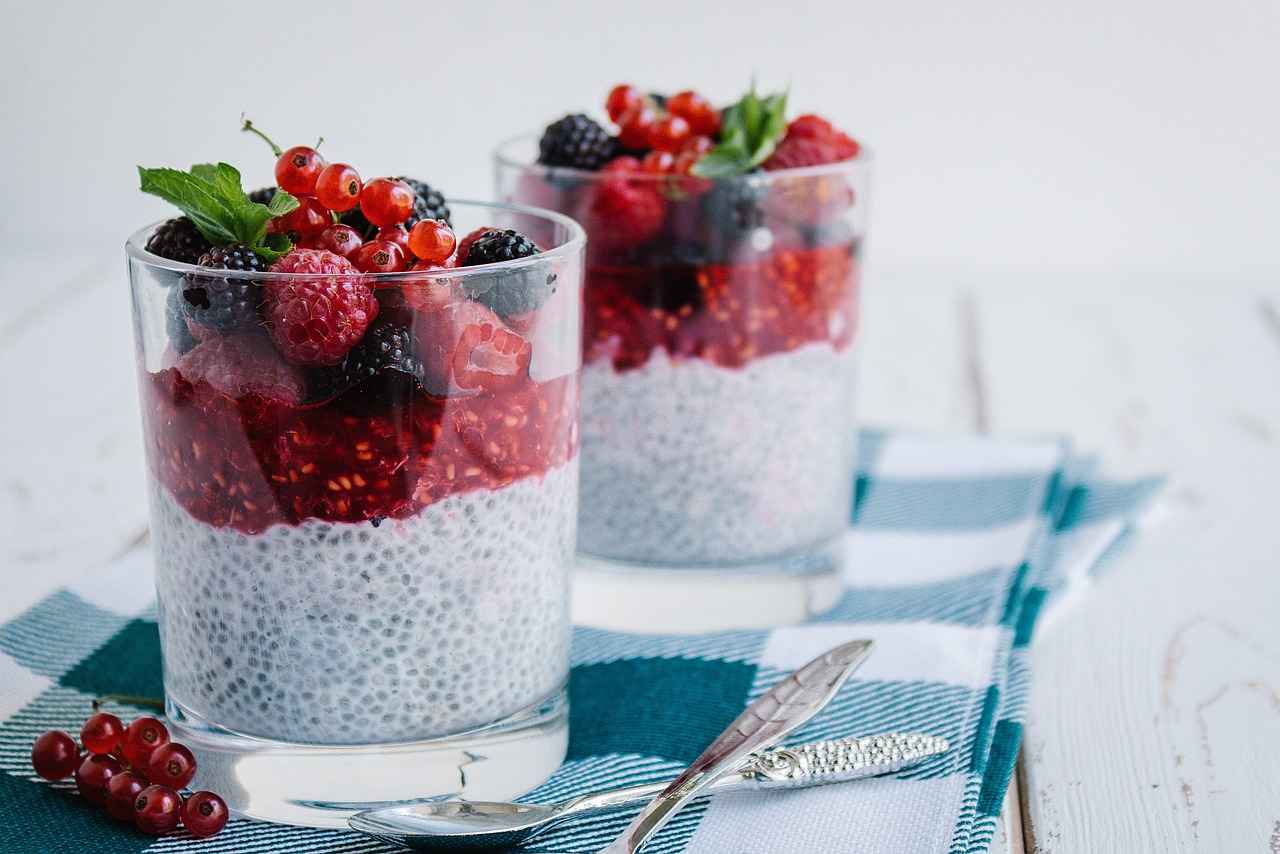
How to Use Chia Seeds After They Expire?
Chia seeds are renowned for their numerous health benefits, but what happens when they reach their expiration date? Understanding how to use chia seeds after they expire is essential for making informed decisions about your health and nutrition. This section delves into the potential risks and uses of expired chia seeds, helping you navigate this often-overlooked aspect of food safety.
When chia seeds expire, they may lose their nutritional value and flavor, but they do not necessarily become harmful to consume. The seeds can still be safe to eat, depending on how they have been stored and how long past the expiration date they are. However, it is crucial to assess their condition before deciding to use them.
- Visual Inspection: Check for any discoloration or unusual spots on the seeds. Fresh chia seeds should have a consistent color and appearance.
- Smell Test: Fresh chia seeds have a mild, nutty aroma. If they smell rancid or off, it’s best to discard them.
- Texture Check: Feel the seeds; they should be dry and firm. If they feel sticky or clump together, they may have gone bad.
If your expired chia seeds pass the assessment tests, consider these potential uses:
- In Smoothies: Blend them into smoothies where their flavor will be masked by other ingredients.
- Baking: Incorporate them into baked goods like muffins or bread, where they can add texture without impacting taste.
- Chia Pudding: Use them in chia pudding recipes, combining them with flavorful ingredients like cocoa or fruits.
While using expired chia seeds may seem harmless, there are risks involved. The main concern is rancidity, which can occur when the oils in the seeds oxidize. Consuming rancid seeds may lead to digestive discomfort or other health issues. Always prioritize your health by opting for fresh ingredients whenever possible.
If you choose to use expired chia seeds, follow these best practices:
- Small Quantities: Start with a small amount to see how your body reacts before consuming more.
- Mix with Fresh Ingredients: Combine expired seeds with fresh foods to enhance flavor and nutrition.
- Monitor for Adverse Reactions: Pay attention to how you feel after consuming them; if you experience any discomfort, discontinue use.
Using expired chia seeds is not without its challenges, but understanding how to assess their quality and potential uses can help you make informed decisions. Always prioritize freshness and safety, and remember that when in doubt, it’s better to err on the side of caution.
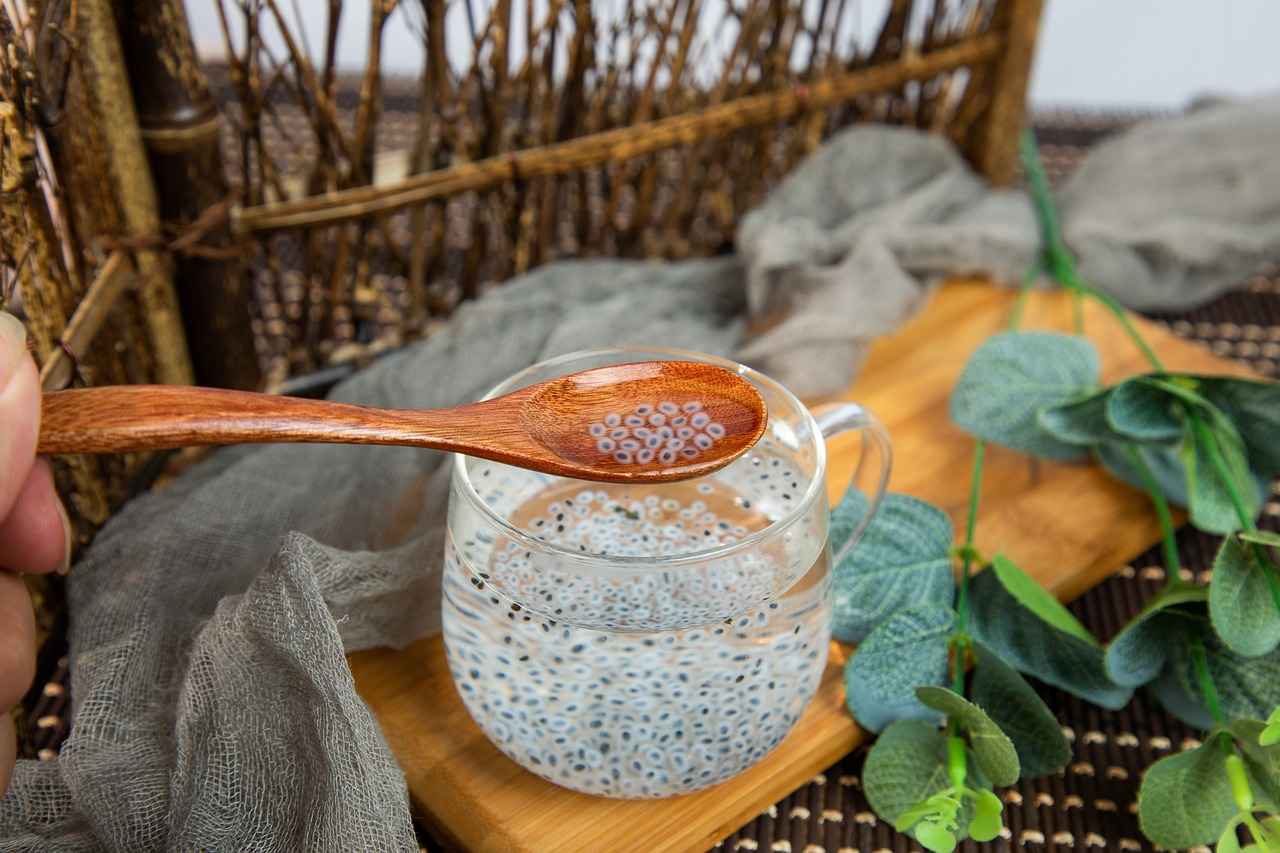
What Nutritional Benefits Do Chia Seeds Offer?
Chia seeds have gained immense popularity in recent years, often hailed as a superfood due to their remarkable nutritional profile. These tiny seeds are not only versatile but also packed with essential nutrients that contribute to overall health and well-being. In this section, we will delve into the various nutritional benefits that chia seeds offer and explore why they have become a staple in many diets.
- Rich in Omega-3 Fatty Acids: Chia seeds are an excellent source of alpha-linolenic acid (ALA), a type of omega-3 fatty acid that is crucial for heart health. Omega-3s are known to reduce inflammation, lower blood pressure, and improve overall cardiovascular function.
- High in Fiber: With about 11 grams of fiber per ounce, chia seeds can significantly aid in digestion. The high fiber content helps to promote a feeling of fullness, which can be beneficial for those looking to manage their weight.
- Complete Protein Source: Chia seeds contain all nine essential amino acids, making them a complete protein source. This is particularly beneficial for vegetarians and vegans seeking to meet their protein needs.
- Loaded with Antioxidants: These seeds are rich in antioxidants, which help combat oxidative stress and protect the body from free radical damage. Antioxidants are essential for maintaining overall health and preventing chronic diseases.
- Rich in Minerals: Chia seeds are a good source of vital minerals such as calcium, magnesium, and phosphorus. These minerals play important roles in bone health, muscle function, and energy production.
- Hydration Support: When soaked in liquid, chia seeds can absorb up to 12 times their weight in water. This property can help maintain hydration levels and provide a feeling of fullness, making them an excellent addition to smoothies and beverages.
Incorporating chia seeds into your diet can be simple and enjoyable. They can be added to smoothies, oatmeal, yogurt, or used as an egg substitute in baking. Their mild, nutty flavor makes them a versatile ingredient that can enhance various dishes.
Moreover, the health benefits of chia seeds extend beyond individual nutrients. The combination of fiber, protein, and healthy fats can contribute to improved metabolic health. Studies have shown that regular consumption of chia seeds may help lower cholesterol levels, improve blood sugar control, and even support cardiovascular health.
In summary, chia seeds are a nutrient-dense food that offers numerous health benefits, making them a popular choice for health-conscious individuals. By adding these tiny seeds to your daily diet, you can harness their potential to support your overall health and well-being.
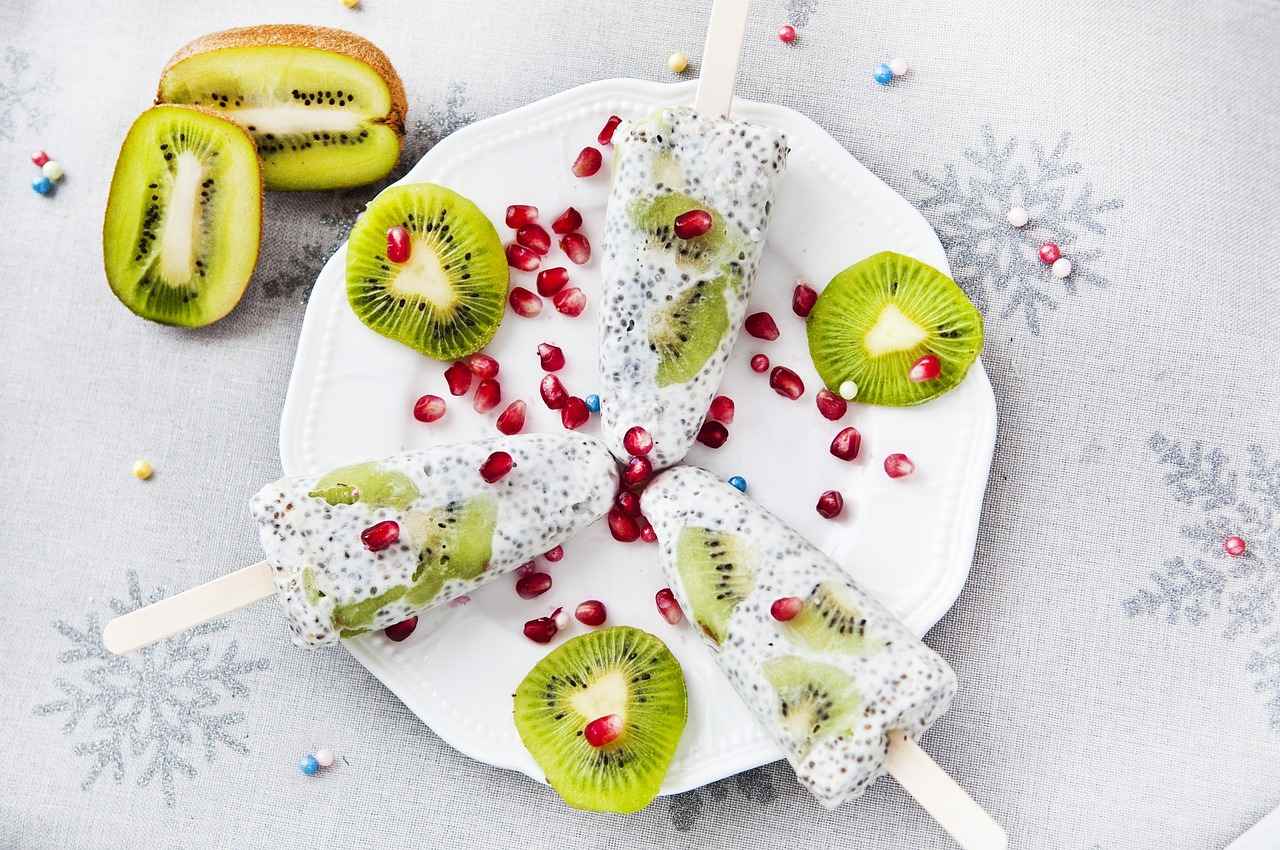
How Do Environmental Factors Affect Chia Seed Freshness?
When it comes to preserving the quality of chia seeds, understanding the impact of environmental factors is crucial. These tiny superfoods are known for their numerous health benefits, but their freshness can be compromised by conditions such as humidity and temperature. In this section, we will explore how these factors affect chia seed freshness and provide practical tips for optimal storage.
Humidity plays a significant role in the shelf life of chia seeds. High humidity can lead to moisture absorption, which may cause the seeds to clump together and promote the growth of mold. To mitigate these risks, it is essential to store chia seeds in a cool, dry environment. Using an airtight container can help protect them from moisture and preserve their quality.
The temperature at which chia seeds are stored is equally important. Ideally, they should be kept at room temperature, away from direct sunlight. Extreme temperatures, whether hot or cold, can accelerate the degradation of the seeds’ nutrients. For those living in warmer climates, it may be beneficial to store chia seeds in the refrigerator to maintain their freshness.
To ensure that your chia seeds are still fresh, conduct a simple test. Soak a tablespoon of seeds in water for about 30 minutes. If they swell and form a gel-like consistency, they are still good to use. If they do not expand, it may be time to consider replacing them.
- Airtight Containers: Use glass jars or vacuum-sealed bags to minimize air exposure.
- Cool, Dark Locations: Store them in a pantry or cupboard away from heat sources.
- Refrigeration: After opening, consider refrigerating to extend shelf life further.
By following these guidelines, you can significantly enhance the longevity of your chia seeds. Remember, proper storage not only preserves their freshness but also maintains the health benefits that make chia seeds a popular superfood choice.
Yes, environmental factors can impact the nutritional value of chia seeds. Prolonged exposure to unfavorable conditions may lead to the degradation of essential fatty acids and antioxidants. Therefore, it is vital to be vigilant about storage practices to ensure you reap the full benefits of these nutritious seeds.
In summary, understanding how environmental conditions like humidity and temperature affect chia seed freshness is essential for anyone looking to incorporate these seeds into their diet. By implementing proper storage techniques, you can enjoy the full nutritional benefits of chia seeds while ensuring they remain fresh and safe for consumption.
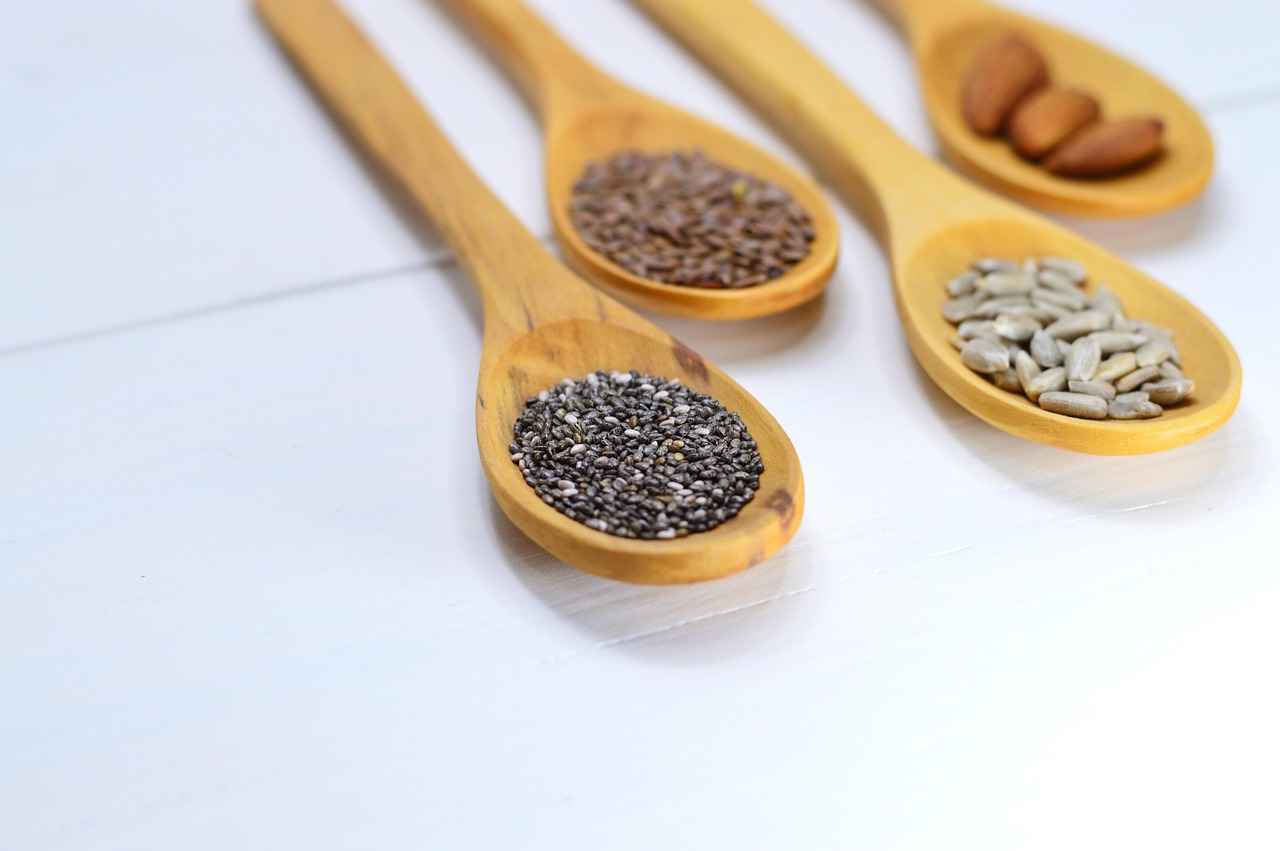
What Are Common Myths About Chia Seed Expiration?
Chia seeds have gained immense popularity due to their numerous health benefits. However, there are many misconceptions surrounding their expiration and shelf life. This section aims to debunk these myths and provide accurate information for consumers.
One of the most common misconceptions is that chia seeds have a short shelf life. In reality, when stored properly, chia seeds can last for up to five years. Their natural antioxidant properties help prevent rancidity, allowing them to remain fresh for an extended period.
Another prevalent myth is that expired chia seeds are dangerous to consume. While it is true that their nutritional value may diminish over time, they are not necessarily harmful if they show no signs of spoilage. Always check for changes in color, smell, and texture before consuming.
Some consumers believe that all chia seeds have the same expiration date and storage requirements. However, factors such as quality, packaging, and storage conditions can greatly influence their longevity. It’s essential to buy high-quality seeds from reputable sources and store them correctly.
While refrigeration can enhance the shelf life of chia seeds, it is not a strict requirement. Many people successfully store their seeds in a cool, dark pantry. The key is to keep them in an airtight container to prevent moisture and air exposure.
Many assume that once chia seeds have passed their expiration date, they are unusable. In fact, if stored properly and showing no signs of spoilage, they can still be safe to consume. It’s important to trust your senses—if they smell off or have an unusual texture, it’s best to discard them.
While some nutritional degradation may occur after the expiration date, chia seeds still retain many of their health benefits. They remain a good source of fiber, protein, and omega-3 fatty acids, even if they are not as fresh as they once were.
Some believe that chia seeds must be consumed quickly after opening to maintain their freshness. However, as long as they are stored properly in a cool, dark place, they can last for months or even years. Just ensure to keep them sealed tightly to avoid exposure to air and moisture.
In conclusion, understanding the facts surrounding chia seed expiration can help consumers make informed decisions. By debunking these myths, we can appreciate the longevity and versatility of chia seeds as a nutritious addition to our diets.
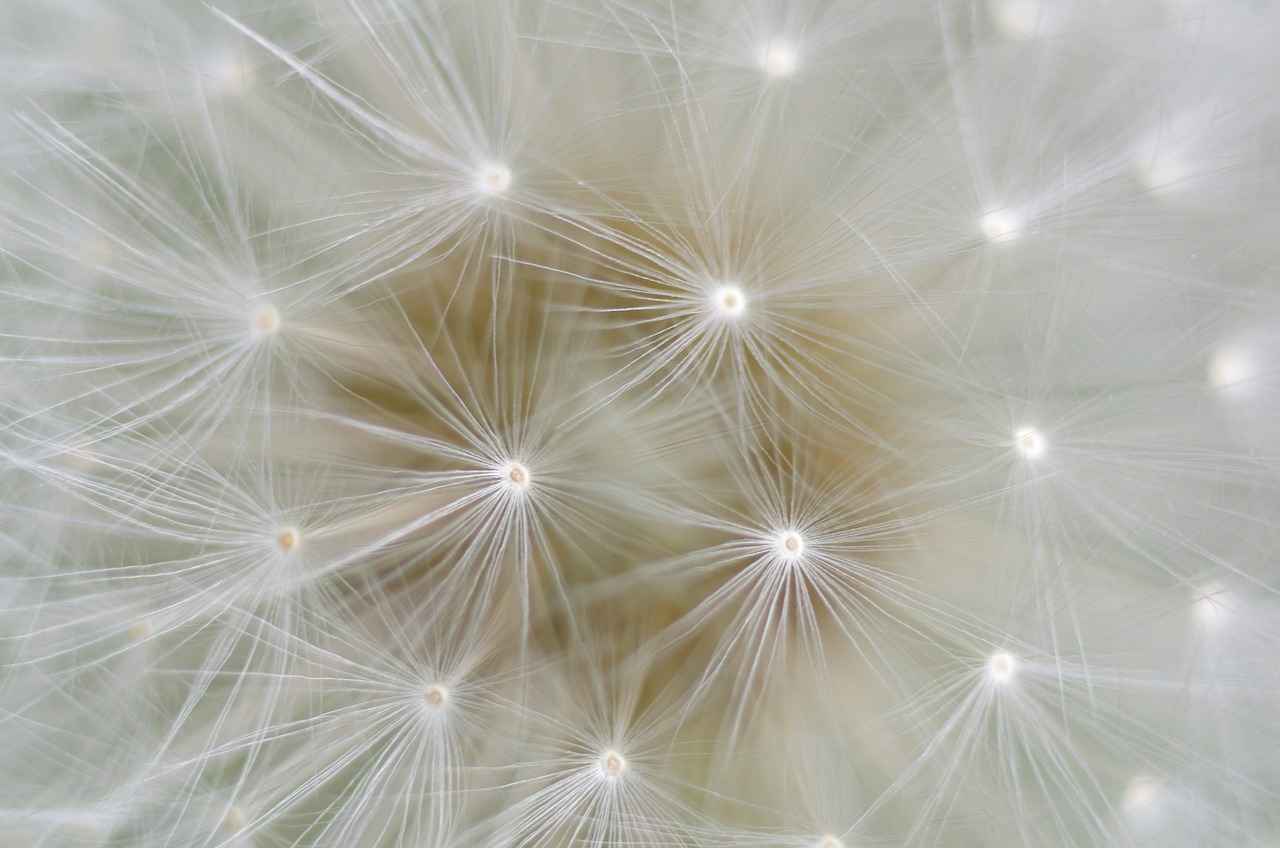
Can You Revive Stale Chia Seeds?
Chia seeds are known for their nutritional benefits and versatility in various recipes. However, like many natural products, they can lose their appeal over time. If you find yourself with chia seeds that have lost their flavor or texture, you might wonder: The good news is that there are several techniques to rejuvenate these tiny powerhouses and make them usable again.
Before diving into revival techniques, it’s essential to understand what causes chia seeds to become stale. Factors such as exposure to air, light, and moisture can lead to oxidation, which diminishes their flavor and nutritional value. Recognizing these factors can better inform your storage practices in the future.
- Toasting: Gently toasting chia seeds in a dry skillet for a few minutes can enhance their flavor and give them a crunchy texture. Be sure to stir frequently to prevent burning.
- Soaking: Soaking chia seeds in water or a flavored liquid can help restore some moisture and improve their texture. This method is particularly effective if you plan to use them in smoothies or puddings.
- Blending: If the seeds are too hard or crunchy, blending them into a powder can make them more palatable. This powder can then be added to baked goods or smoothies without altering their taste significantly.
- Infusing: Infusing chia seeds in liquids like almond milk or juice can help rejuvenate their flavor. Leave them to soak for several hours or overnight for the best results.
To avoid having to revive stale chia seeds in the first place, proper storage is crucial. Here are some best practices:
- Airtight Containers: Store chia seeds in airtight containers to minimize their exposure to air.
- Cool, Dark Places: Keep them in a cool, dark place, away from direct sunlight and heat sources.
- Refrigeration: For added longevity, consider refrigerating your chia seeds after opening. This can slow down the oxidation process significantly.
While some methods can revive chia seeds, it’s essential to know when to let go. If your seeds have an off smell, unusual color, or a slimy texture, it’s best to discard them. Consuming spoiled seeds can lead to digestive discomfort and other health issues.
Reviving stale chia seeds is certainly possible with the right techniques. Whether through toasting, soaking, or blending, you can restore their flavor and texture effectively. Remember, however, that prevention is always better than cure. By following proper storage methods, you can ensure that your chia seeds remain fresh and ready to enhance your meals.
Frequently Asked Questions
- Do chia seeds expire?
Yes, chia seeds do have a shelf life. When stored properly, they can last for several years. However, it’s essential to check for signs of spoilage.
- How can I tell if my chia seeds have gone bad?
Look for changes in color, smell, or texture. If they smell off or have a rancid odor, it’s best to discard them.
- What is the best way to store chia seeds?
Store chia seeds in a cool, dark place in an airtight container. This helps maintain their freshness and nutritional value.
- Should I refrigerate chia seeds?
Refrigeration is recommended, especially after opening. It can significantly extend their shelf life and keep them fresh longer.
- Can I freeze chia seeds?
Absolutely! Freezing chia seeds is a great way to preserve their nutrients. Just make sure to use an airtight container to prevent moisture.
- What nutritional benefits do chia seeds offer?
Chia seeds are rich in omega-3 fatty acids, fiber, and protein, making them a fantastic addition to a healthy diet.
- Can I use expired chia seeds?
Using expired chia seeds isn’t advisable due to potential health risks, but if they are only slightly past their date and show no signs of spoilage, they may still be usable.
